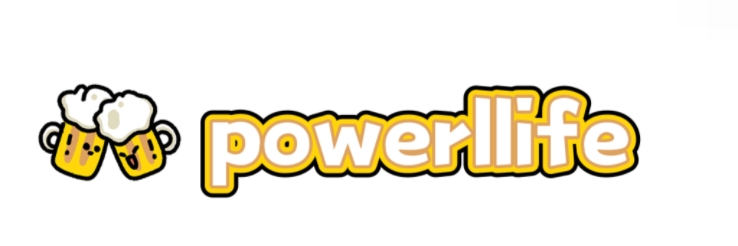Hybrid Matrix vs Traditional Models: Which One Suits You?
Choosing the right model for your business can make all the difference. In recent years, the Hybrid Matrix and Traditional Models have gained traction in various industries. This article will provide an in-depth look into both models and help you determine which one suits your needs the best. We will also include relevant statistics backed by credible sources.
Understanding the Hybrid Matrix Model
The Hybrid Matrix Model combines elements of both traditional and agile project management methodologies. According to a 2022 report by Project Management Institute, organizations that adopted hybrid approaches experienced a 70% increase in project success rates. This model is particularly effective in dynamic environments where flexibility is key.
Statistical Insights into the Hybrid Matrix Model
- 70% of organizations reported that hybrid models allow for better resource utilization (source: PMI).
- 55% of companies using hybrid models found improvements in team collaboration (source: Forbes).
- 66% reported higher employee satisfaction and engagement levels (source: Harvard Business Review).
The Traditional Model: An Overview
The Traditional Model, often referred to as the Waterfall Model, operates in a linear fashion where each phase must be completed before the next one begins. Despite its structured approach, businesses are increasingly questioning its effectiveness. A study by VersionOne indicated that 47% of organizations still rely on traditional project management techniques, primarily due to their familiarity.
Key Statistics on Traditional Models
- Only 30% of traditional projects meet their original goals, according to a study by ZDNet.
- 58% of stakeholders cite poor communication as the main reason traditional projects fail (source: PMI).
- In contrast, 74% of Agile projects are able to meet their original goals (source: VersionOne).
Comparative Analysis: Hybrid Matrix vs Traditional Models
Determining which model suits your needs best largely depends on your organization's structure, culture, and goals. The Hybrid Matrix provides flexibility, while the Traditional Model offers a clear, structured approach.
When to Choose the Hybrid Matrix Model
- When your projects require flexibility due to rapidly changing market conditions.
- If your teams are cross-functional and thrive in collaborative environments.
- When you aim for higher stakeholder engagement and faster delivery cycles.
When to Stick with the Traditional Model
- If your projects are well-defined, with clear deadlines and requirements.
- When regulatory compliance and detailed documentation are crucial.
- If your organization has established a strong foundation in traditional project management.
Final Thoughts
Both the Hybrid Matrix and Traditional Models have their advantages and drawbacks. By understanding the key statistics and insights presented in this article, you can make a more informed decision about which model best suits your organization's needs.
Ultimately, the right choice will depend on your specific context, the nature of your projects, and your team's dynamics. As the project management landscape continues to evolve, staying informed will be essential.
If you want to learn more, please visit our website hybrid matrix, microphone for meetings, what is dsp audio.

Comments